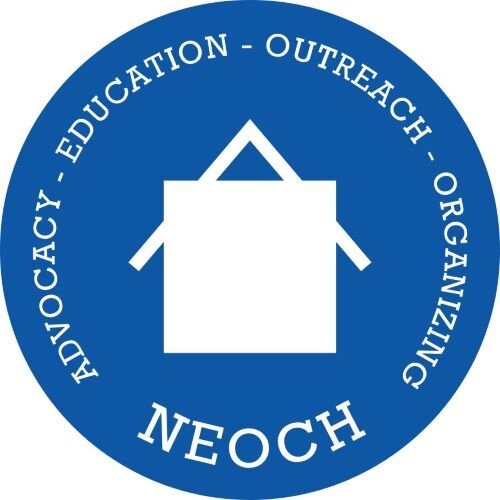Recommended Solutions to the Rising Problems of NIMBY
Commentary by Calley Marotta
Most people see the value of shelters and low income housing, just not in our neighborhood. We live in wholesome communities and the thought of a homeless shelter next door makes us suddenly uneasy. These feelings or fear and resistance are expressed in the acronym NIMBY (not in my backyard). The Northeast Ohio Coalition for the Homeless defines a NIMBY as a small vocal minority who, because of fear, often opposes services that assist homeless people, especially in their neighborhood. NIMBYism does not create “wholesome” communities, but an isolated and homogeneous population. The call for an inclusive community keeps shelters and low income housing out of neighborhoods and concentrated in other areas. Due to stereotypes in the media and society, NIMBYites relate shelter construction to the demise of a neighborhood: a decrease in property value, while drug trafficking, crime, and prostitution increase.
The first step to erase NIMBYism is to admit that there is a problem. Michael Stoops, Director of Community Organizing for the National Coalition for the Homeless stated that “ in 2003 it is virtually impossible to either relocate or build a shelter anywhere in America without encountering stiff opposition. This is true even if the shelter served only babies.” Unfortunately, opposition to services generally forms the strongest movement while advocates do not become involved. Randy Shaw, the Director of Housing America agrees that there is generally “an over-reliance on non profit and homeless advocacy groups to make the case” against NIMBYism. Advocates must show just as much passion as those that suffer from NIMBYism. We must admit that our unease does not stem from natural evil but the inherited corruption of society’s homeless stereotype. We can change by attacking the root of our fears and those of others.
Since fear and misinformation are two of the main contributors to the problem, we must speak out to friends and family members about the issues. Inform them of the needs in our community and ask them to discuss their specific fears. We may want to focus our efforts on those that do not already have a strong opinion on the matter, but have yet to fight for one side or the other. Their opinion will be more easily swayed. Sometimes a success may be changing one person’s outlook so that they can continue to spread the word.
Stoops suggests seeking support from a “broad and diverse base” specifically businesses, religious institutions, labor unions, and neighborhood activists. Ban together because larger groups will make a greater impact in the community. Sign petitions and take them to your city council meetings. Stoops also urges communities to compromise with their shelter. Make sure the shelter is “responsive to complaints” and keeps its area in an orderly condition. A neighborhood advisory board could improve the communication between the shelter and the community. Whatever we do, the most important step is to take action. Take a stand so that a voice of NIMBYism is not the only voice heard.
Copyright to the Northeast Ohio Coalition for the Homeless and the Homeless Grapevine Cleveland Ohio 2003.
